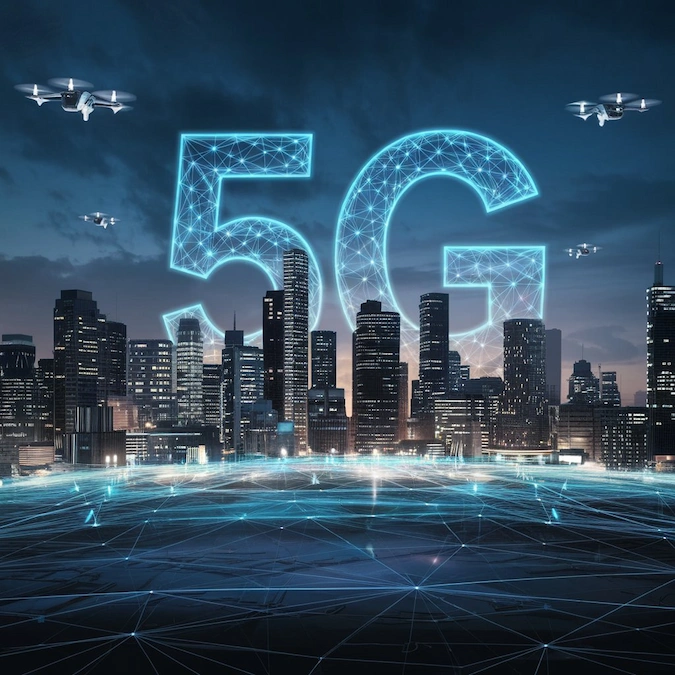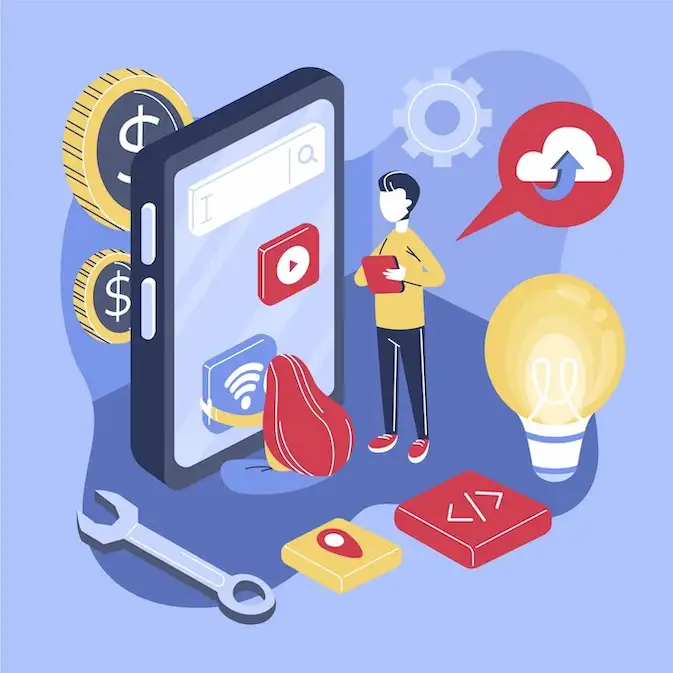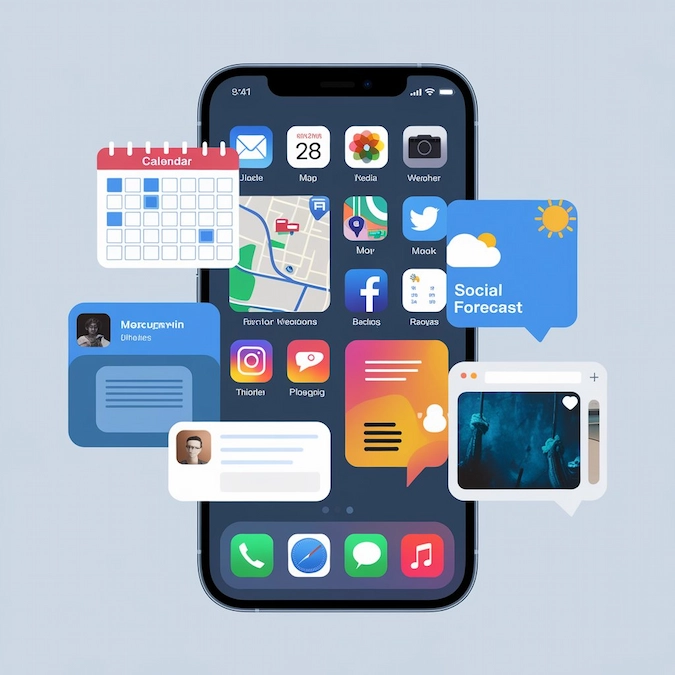5G technology is the next big step in wireless networks. It is faster and better than 4G. It helps connect more devices. For communication, work, or entertainment, a strong internet connection is essential.
The introduction of 5G technology has taken connectivity to a new level. Businesses, industries, and everyday users are experiencing better and faster services.
Table of Contents
What is 5G Technology?
5G Technology is the fifth generation of mobile networks. It is much faster than 4G. It provides a strong and stable internet connection. With 5G, devices can send and receive data quickly.
This technology aims to support modern communication needs, such as virtual reality, smart cities, and the Internet of Things (IoT).
What Does 5G Stand for in 5G Technology?
5G stands for the “fifth generation” of mobile networks. It is an upgrade from previous generations like 4G and 3G.
Each generation has brought new improvements, and 5G is no exception. It enhances speed, reduces delays, and allows more devices to connect simultaneously.
When Was 5G Invented?

5G technology was introduced in 2019. Companies started using it for better internet speed and connectivity.
Research and development began years before that, with companies and organizations working together to define the standards for 5G technology.
Who Invented 5G?
There is no single inventor of 5G. Instead, many companies and researchers worked together to develop it.
For example, organizations such as Qualcomm, Ericsson, Huawei, and Nokia contributed significantly to its development.
Government bodies and regulatory agencies also played a role in setting the rules for 5G networks.
How Old is 5G Technology?
5G is still new. It has been in use for about five years. It is improving every year.
As more countries and companies adopt 5G, its capabilities and coverage continue to expand.
How 5G Works?
To begin with, 5G uses high-frequency radio waves. These waves send data faster than 4G. However, it needs more towers and antennas for better coverage.
Unlike previous generations, 5G can also operate on different frequency bands, making it more efficient for different use cases.
5G Uses Which Technology?
As an Example, 5G uses millimeter waves, small cell networks, and beamforming. As a result, these technologies help in fast and smooth data transfer.
In addition, it also utilizes multiple-input and multiple-output (MIMO) technology to enhance network capacity and efficiency.
5G Technology Working Principle
To begin with, 5G works by dividing signals into small parts. As a result, this helps reduce delay and improves speed.
Moreover, the network infrastructure is designed to handle high data loads and support real-time applications, such as autonomous vehicles and remote surgeries.
5G Technology Working Mechanism
It connects devices using different frequency bands. For example, high bands give high speed ; however, they cover only small areas.
In contrast, low bands cover large areas but offer lower speed. Meanwhile, mid-band frequencies provide a balance between speed and coverage.
Features of 5G Technology
Overall, 5G offers ultra-fast internet, low delay, and better connectivity. Moreover, it can connect many devices at once.
In addition, it also supports emerging technologies such as artificial intelligence (AI) and the Internet of Things (IoT).
Which of the Following is a Key Feature of 5G?
One key feature of 5G is its speed. In fact, it is 100 times faster than 4G. Moreover, another important feature is its ability to support many devices without congestion.
What Are the Features of 5G Technology?
- Faster speed than 4G
- Low delay in connection
- Supports many devices at the same time
- Stronger and more stable signals
- Better energy efficiency
- Improved security measures
5G Network Speed
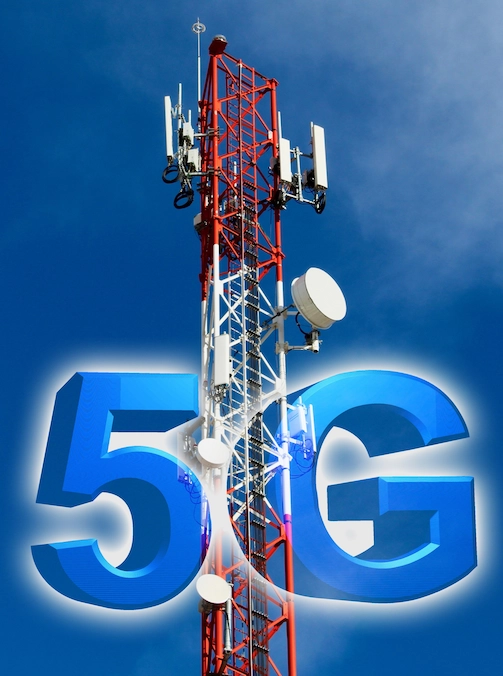
For example, 5G can reach speeds of 10 Gbps. As a result, you can download a full movie in seconds. Furthermore, the increased speed enhances online gaming, video streaming, and business communications.
Applications of 5G Technology
5G helps in smart cities, healthcare, gaming, and more. It is also being used in industries such as manufacturing, agriculture, and education.
Where Can 5G Be Used?
5G is useful in homes, offices, industries, and public places. It plays a key role in autonomous transportation and remote working solutions.
5G Examples
- Self-driving cars
- Remote surgeries
- Smart homes
- Virtual reality games
- Industrial automation
- Smart agriculture
Why Do We Need 5G?
More devices need better internet. 5G helps connect everything smoothly. It supports innovation in many fields.
Why is 5G Technology So Important?
Because of, It improves communication and business. It makes life easier by providing seamless connectivity.
Why is 5G Technology Important in Digital Transformation?
5G helps in automation, artificial intelligence, and cloud computing. It supports advanced robotics and data analytics.
How 5G Could Change the World?
5G can bring smart cities, better healthcare, and better education. Moreover, it opens doors to new possibilities in various industries.
Where Has 5G Technology Been Deployed?
Currently, 5G is used in the USA, China, South Korea, and many European countries. Moreover, more regions are adopting 5G technology every year.
Who is the Leader in 5G Technology?
Companies like Qualcomm, Huawei, Ericsson, and Nokia are leading in 5G development.
What Are the Pros and Cons of 5G?
Pros:
- Faster internet
- Supports smart devices
- Low delay
- Better communication
Cons:
- Expensive to set up
- Needs more towers
- Limited coverage in rural areas
Why is the 5G Network Unlimited?
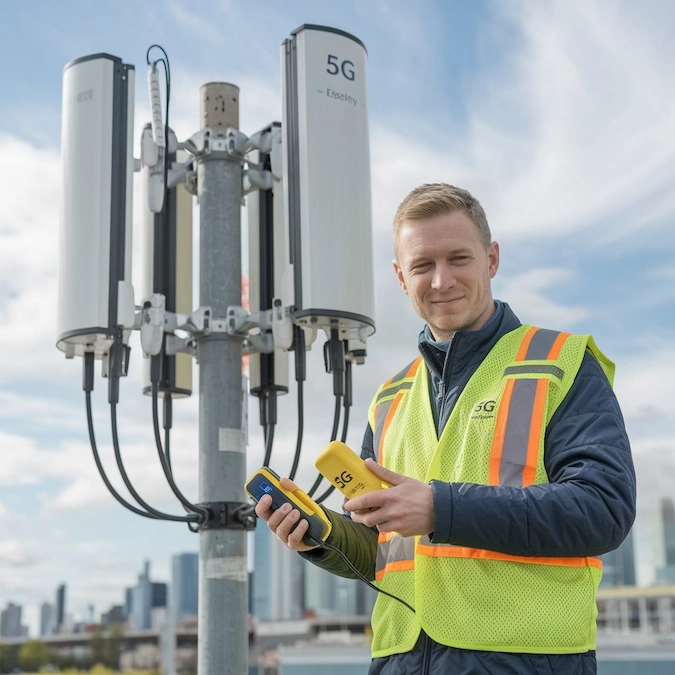
5G provides more bandwidth. This allows more devices to connect without slowing down.
Issues of 5G Technology
Is 5G Safe?
Studies show 5G is safe. There is no proof of harmful effects.
Is the 5G Network Harmful to the Environment?
5G needs more energy. But new methods help reduce its impact on the environment.
Is 5G Worth It?
Yes, 5G is worth it. It makes internet faster and improves technology.
Conclusion:
5G is the future of mobile networks. It offers faster speed, low delay, and better connectivity.
It helps in many fields like healthcare, business, and entertainment. Even though it has some issues, it is a great technology that will change the world.
Frequently Asked Questions
Frequently Asked Questions for ” 5G Technology “
What is 5G technology and how does it work?
5G is the fifth-generation wireless technology, following 2G, 3G, 4G. Its offering faster upload and download speeds, lower latency, and greater reliable capacity than previous networks.
5G Technology enables the new applications and experiences like self-driving cars, advanced gaming, and real-time streaming.
What is 5 G internet and how does it works?
5G internet is the fifth generation of wireless data network. It is an alternative to traditional broadband. You can connect with 5G cellular network wirelessly with a fixed receiver inside or outside your home.
It uses different radio frequencies than previous generation aim to provide faster data speeds with much less delay than we had with 4G. However 5G cellular services might be available on your phone. 5G home internet is not as widely available now.
What is the full form of 5G?
Full form of 5G is the " Fifth Generation". It is the latest generation of mobile technology. It's allow user to connect to the internet with faster speed with no delay, lower latency and higher upload and download speed.
Which country invented 5G?
No single country invented 5G, but it was developed through the collaboration of many organizations, companies, and individuals. Definitely 5G invention consumed of many years work by engineers, researchers, and other industry stakeholders.
The first 5G networks were rolled out in South Korea and US in 2019.
Who launched 5G in India?
The Bharti Airtel was the first service provider to launch 5G in India, in the capital city of New Delhi. The Prime Minister Narendra Modi launched 5G at the event of India Mobile Congress (IMC), the largest telecom event in India.
Why is 5G expensive?
5G is expensive because of it's extensive infrastructure required to support the network system. For enabling 5G network, telecom companies are investing huge amount of money to build new base stations, fibre-optics networks and antennas.
What is the difference of Wi-Fi and 5G?
- 5G provides wide area and local coverage both with full mobility, while Wi-Fi is limited to local coverage and basic mobility.
- 5G has end to end specifications covering a complete system architecture, whereas Wi-Fi specifies primarily layer 1 and layer 2.
what is disadvantage of 5G?
5G has some key concerns surrounding its adoption as cyber security risks, high supporting costs, limited coverage to urban areas, devices compatibility issues and infrastructure challenges.
What is the advantages of 5G?
5G is designed to be faster, more efficient, and capable of supporting new technologies. Its has many features like faster speeds, lower latency, greater capacity, enhanced reliability, better connectivity and higher bandwidth.
